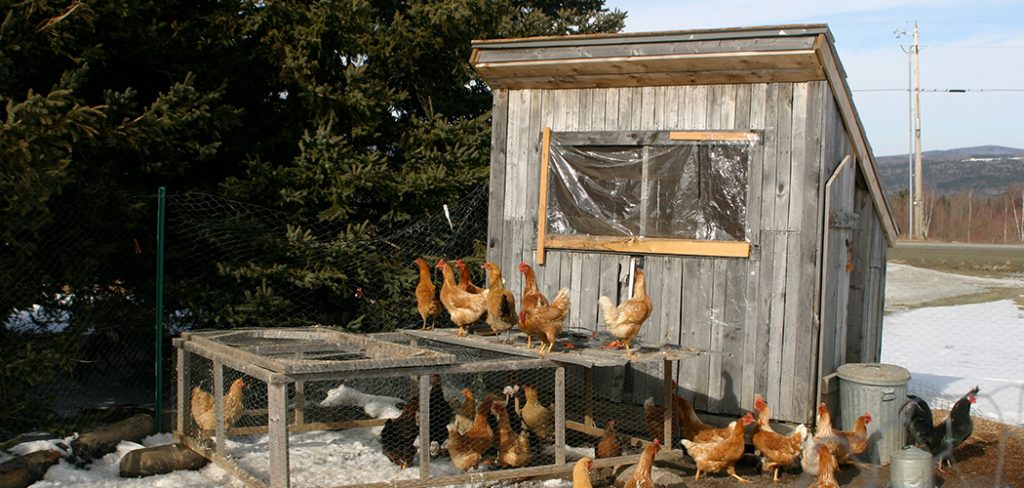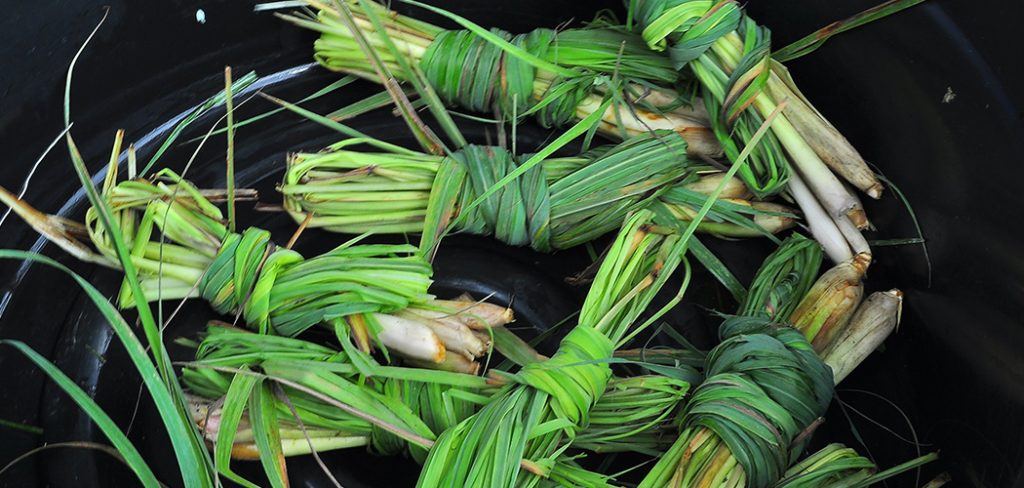Spaghetti squash, also known as ‘winter squash’ is one of the most popular winter fruits and a treat to eat. The pulp and flesh is spaghetti-like, giving it the name it has. It is loaded with nutrients like minerals, vitamins and antioxidants. Consuming it is good because of its’ low calorie count and high fiber content. Not only would this be a great food for aiding weight loss, but it also boosts digestive health.
There’s good reason to plant and grow this fruit at home. It is easy to grow and does not have a long season. But the timing matters. If you sow it after the danger of frost is gone, then you can harvest in a few months. However, some more understanding is required to actually decide when to harvest spaghetti squash.
Spaghetti Squash Growing Stages
It all starts with the seedlings. Spaghetti squash seeds require a full sun, and soil with organic matter. After the danger of frost has passed in your area, you can plant then. In Northern areas, this is typically in mid-March to mid-April.
It’s best to start indoors and then transplant the seedling outdoors. Each seedling is sowed one inch deep with 12 inches of space between them. Spaghetti squash does not fare well with the cold as they need warm weather for seeds to germinate.
As they grow, thinning them out is the next step. Now the distance between every plant should be around 3 to 5 feet. This gives them more space and encourages more fruit to grow, while being larger.
Weed will grow around the plant but you must remove it regularly so they don’t take away nutrients and water from it. Once they are growing well, mulch is also important to keep the soil cool and moist. Watering should be done in the morning but make sure not to wet the leaves too much over the season.
In about 100 days, spaghetti squash usually matures.
Harvesting and Storing Spaghetti Squash
If you are new to growing this winter fruit, you might be worried about when to harvest spaghetti squash. How do you know they are ripe?
For most varieties, 100 day marks the time when you need to check. First press your nail into the rind of the fruit. Ideally, it should be hard and tough. The color is also an important indicator of a fruit ready for harvest. A ripe spaghetti squash would be bright yellow. The skin should also be super smooth.
Keep as much of the stem as possible while harvesting to help in preservation. You must harvest before the first frost spells hit.
When it comes to storage, moist places do not suit spaghetti squash. However, you can make it last for several months if you put the yield in a dry room with a temperature of 50 to 60 F (10 to 15 C). A cool, dark cabinet, shelf or drawer or a root cellar will work.
When storing, a refrigerator is not preferable for longer than 1-2 weeks as it can start to spoil the squash. Wrap it tightly in a plastic wrap while refrigerating.
How to Ripen Spaghetti Squash
Many people ask if it is possible to ripen spaghetti squash after picking it. The simple answer would be ‘yes’. Well, this depends on the maturity of your spaghetti squash.
Green and soft spaghetti squash will most likely rot rather than ripen once it’s off the vine. But if you see a yellow shade and the fruit feels solid and full-sized then it has chances to ripen. Now, the second question is how to ripen spaghetti squash, especially when its’ green.
There might be circumstances when your spaghetti squash is still green but the danger of frost lies ahead. You can now harvest it and take some steps to ripen the spaghetti squash off the vine.
Firstly, cut the squash from the vine making sure you leave at least a couple of inches of stem on the fruit. Now wash and dry the squash. To ripen it, place the spaghetti squash in a warm place in a way that the green side is exposed to the sun. Keep a check and turn them very few days so the sun ripens all its’ sides. Once the fruit has reached a yellow hue, it’s ripe. You can now eat or store your ripened spaghetti squash.
When & How to Harvest Acorn Squash
One of the most common winter squash varieties you will find in the market is spaghetti, butternut, acorn, and hubbard. All of these are rich in vitamins and minerals. In case you don’t find spaghetti squash seeds, you can grow acorn squash. This variety actually has the highest nutritional value among all the options. You might want a little guideline on how to harvest acorn squash as well as the differences between the two.
Spaghetti squash is much milder in flavor compared to acorn squash. But acorn squash is also very adaptable and can be used in many dishes.
If you’re growing acorn squash, you must know that timing is everything when you harvest. The squash should be a little firm, but also buttery to touch. It should also not be mushy. Color is not a main indicator though, as acorn squash turn dark green before and after ripening. However, the part of the fruit touching the ground should be orange. If it is light orange, leave it for a few more days. Also try to puncture it with your nails, if it is easy to do so- it isn’t mature yet.
Use a knife or shears to harvest acorn squash. Simply cut from the stem leaving one inch intact.
Conclusion
Spaghetti squash can be used in a variety of ways. In fact, it is a very popular low-calorie substitute for pasta which makes it even more special. You can have it in casseroles, salads and serve it with vegetables. On top of that, it is great for your health too.
An easy growing, versatile winter fruit with a short growing season- spaghetti squash is a treat to grow at home. Just know how to grow it in the optimal way and remember when to harvest spaghetti squash- you can’t go wrong with this one!

